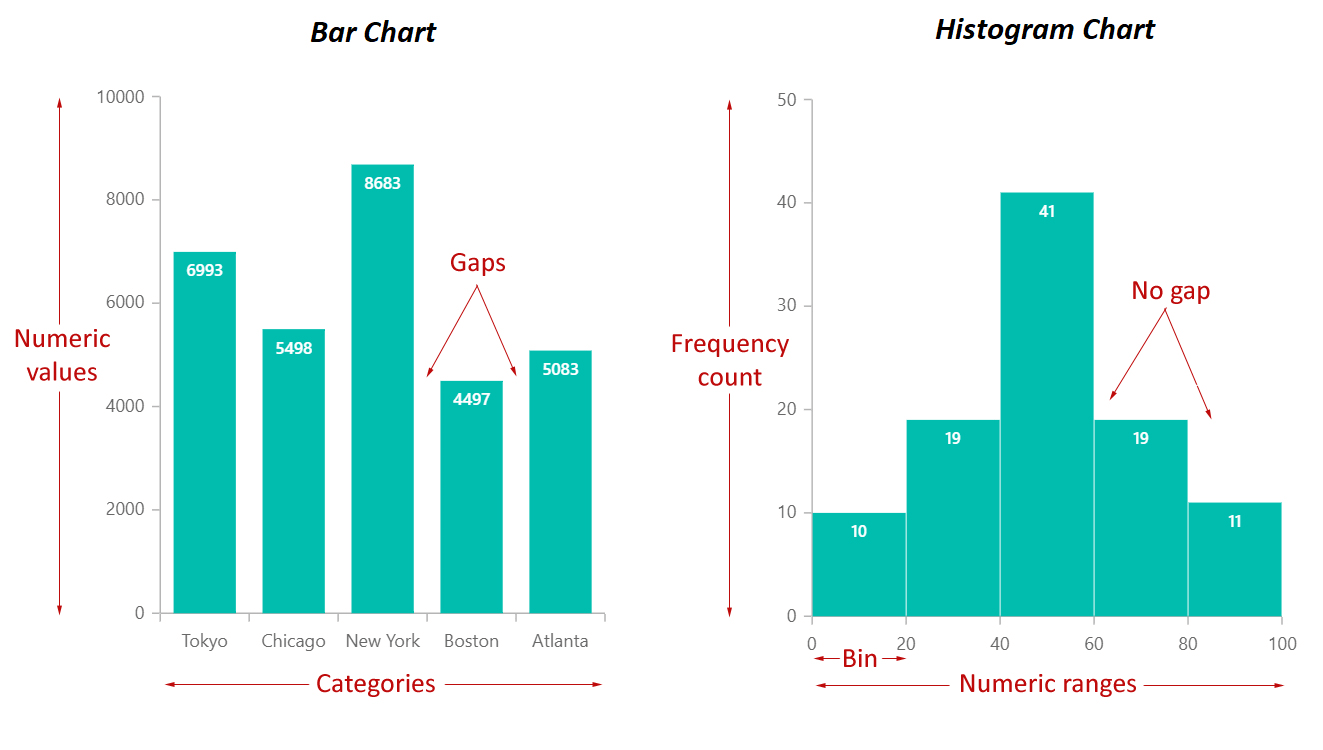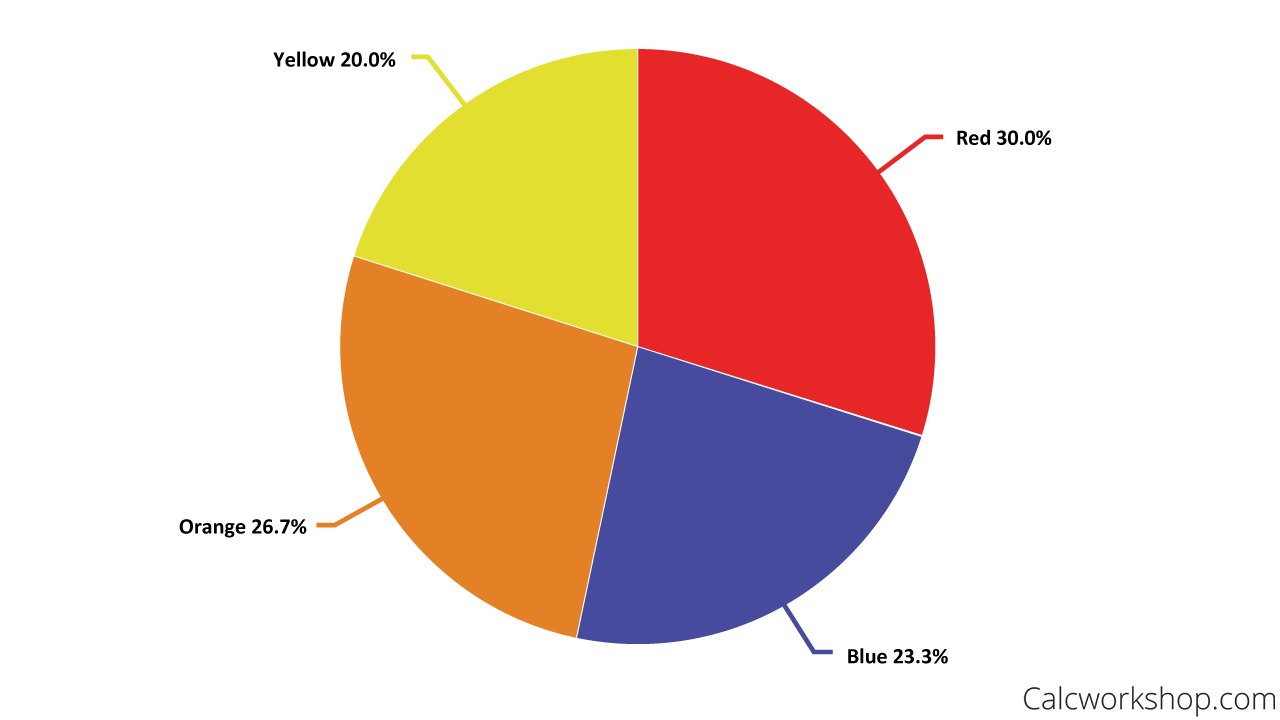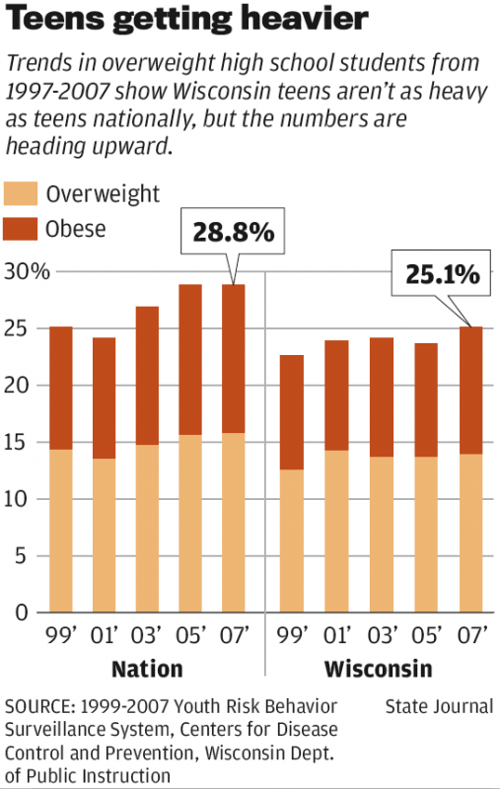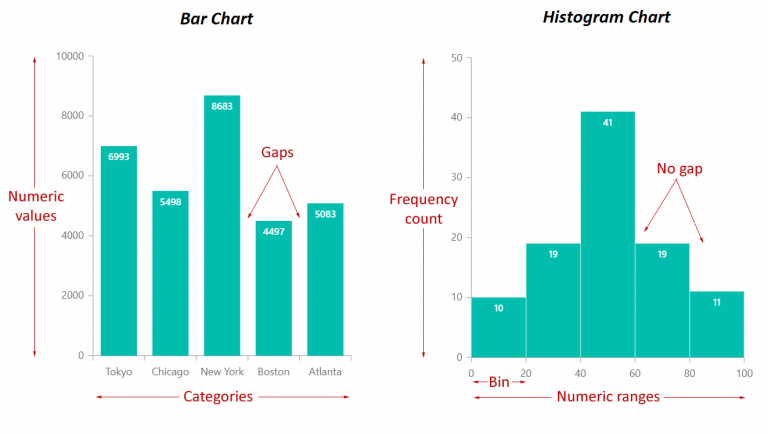Polygon formula
Table of Contents
Table of Contents
Polygon Shapes And Names Chart: A Comprehensive Guide
Polygon Shapes And Names Chart is a useful tool that helps students learn about different shapes and their properties. Not only does it help in identifying shapes, but it also provides information on the number of sides, angles, and vertices each shape has. In this article, we will explore the benefits of using a Polygon Shapes And Names Chart and how it can make learning geometry a breeze. For many students, learning geometry can be a daunting task. The many shapes, properties, and formulas can leave students feeling overwhelmed and intimidated. However, with the help of a Polygon Shapes And Names Chart, students can easily identify shapes and understand their properties without getting confused or frustrated. The target of Polygon Shapes And Names Chart is to make geometry easy and understandable. By providing a visual aid that allows students to see different shapes and their properties at a glance, a Polygon Shapes And Names Chart simplifies the learning process. It also helps students to differentiate between similar shapes like a pentagon and hexagon or a square and rectangle. To summarize, a Polygon Shapes And Names Chart is a useful tool that helps students learn about different shapes and their properties. It simplifies the learning process and makes geometry easy to understand. By using it, students can identify shapes quickly and differentiate between similar shapes with ease. What is a Polygon Shapes And Names Chart and how does it work?
A Polygon Shapes And Names Chart is a graphical representation of different shapes and their properties. It includes the names of each shape, the number of sides, angles, and vertices, and a visual representation of each shape. By looking at the chart, students can quickly identify a shape and understand its properties. I remember when I was in elementary school, I struggled to differentiate between similar shapes like a square and rectangle. However, when my teacher introduced me to a Polygon Shapes And Names Chart, it suddenly became easier to understand. The chart provided a visual reference that allowed me to see the difference between the two shapes and their properties. Benefits of using a Polygon Shapes And Names Chart in the classroom
Using a Polygon Shapes And Names Chart in the classroom has numerous benefits. Firstly, it makes learning geometry easier for students as they can quickly identify shapes and understand their properties. It also helps to build their visual perception skills as they become better at recognizing similar shapes. Secondly, a Polygon Shapes And Names Chart can be used as a teaching aid by teachers. It provides a clear, concise picture of different shapes and their properties, making it easier for teachers to explain geometry concepts to their students. ### Properties of Polygons
Polygons are two-dimensional shapes that have three or more straight sides. The most common polygons are triangles, quadrilaterals, pentagons, hexagons, heptagons, octagons, nonagons, and decagons. Each of these shapes has a different number of sides, angles, and vertices, which are represented in a Polygon Shapes And Names Chart. Polygons also have different classifications based on their properties. For example, a regular polygon has equal side lengths and equal angles, while an irregular polygon has sides and angles of different lengths and sizes. #### Uses of Polygon Shapes And Names Chart
Polygon Shapes And Names Chart is a versatile tool that can be used in many different contexts. For example, it can be used in classrooms to teach geometry concepts to students, or it can be used by architects and engineers to create two-dimensional drawings of buildings and structures. In addition, a Polygon Shapes And Names Chart can be used in everyday life. For example, when shopping for furniture, it’s important to know the difference between a square and rectangle or a circle and an oval. By using a Polygon Shapes And Names Chart, you can quickly identify the shape you need and make an informed decision. Question and Answer section
Q: What is the most common polygon? A: The most common polygon is a triangle. Q: How many sides does a hexagon have? A: A hexagon has six sides. Q: What is the difference between a regular and irregular polygon? A: A regular polygon has equal side lengths and equal angles, while an irregular polygon has sides and angles of different lengths and sizes. Q: How can a Polygon Shapes And Names Chart be used in everyday life? A: A Polygon Shapes And Names Chart can be used to identify shapes when shopping for furniture or other items. Conclusion of Polygon Shapes And Names Chart
In conclusion, a Polygon Shapes And Names Chart is a useful tool that simplifies the learning process and makes geometry easy to understand. It provides a visual aid that allows students to see different shapes and their properties at a glance, making it easier to differentiate between similar shapes. Educators and professionals alike can also use a Polygon Shapes And Names Chart to teach or create two-dimensional drawings of buildings and structures. Ultimately, a Polygon Shapes And Names Chart is an invaluable resource that can help anyone better understand and appreciate the world of geometry. Gallery
Free Printable Polygons Colored Charts For Classroom [PDF] - Number
![Free Printable polygons colored charts for classroom [PDF] - Number Free Printable polygons colored charts for classroom [PDF] - Number](https://numberdyslexia.com/wp-content/uploads/2020/05/polygon-attr-chart-1.jpg)
Photo Credit by: bing.com / polygons polygon attributes formulas numberdyslexia attribute
Learn 10 Polygons With Free Printable | Download Basic Shapes Charts

Photo Credit by: bing.com / polygons polygon
Polygon Formula - What Is Polygon Formula?, Examples

Photo Credit by: bing.com / polygon polygons types
Polygons & Its Classification : Maths - TET Success Key

Photo Credit by: bing.com / polygon polygons classification math maths shapes shape sided sides its gon teaching fun songs kids figure number song videos video
Free Printable Polygons Colored Charts For Classroom [PDF] - Number
![Free Printable polygons colored charts for classroom [PDF] - Number Free Printable polygons colored charts for classroom [PDF] - Number](https://numberdyslexia.com/wp-content/uploads/2020/05/polygon-chart-templ.jpg)
Photo Credit by: bing.com / polygons polygon classification numberdyslexia





